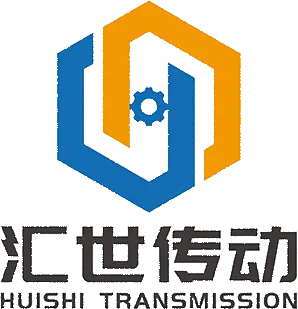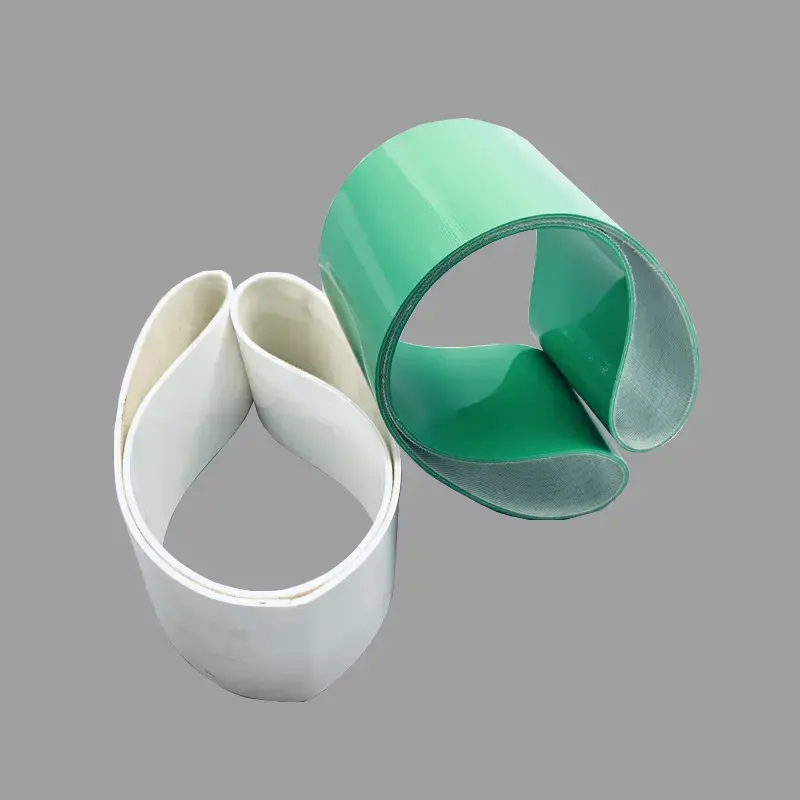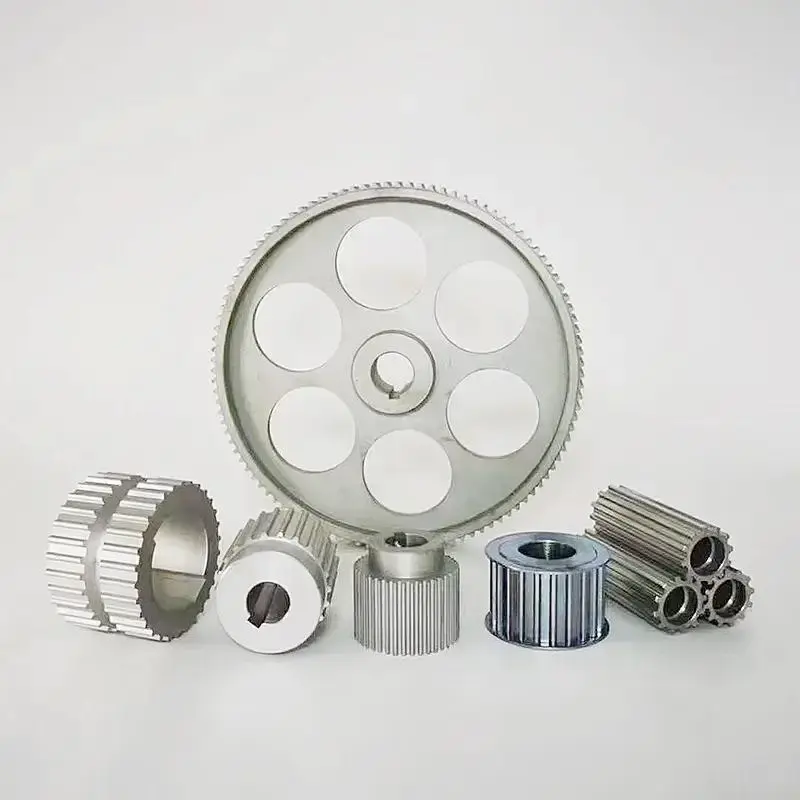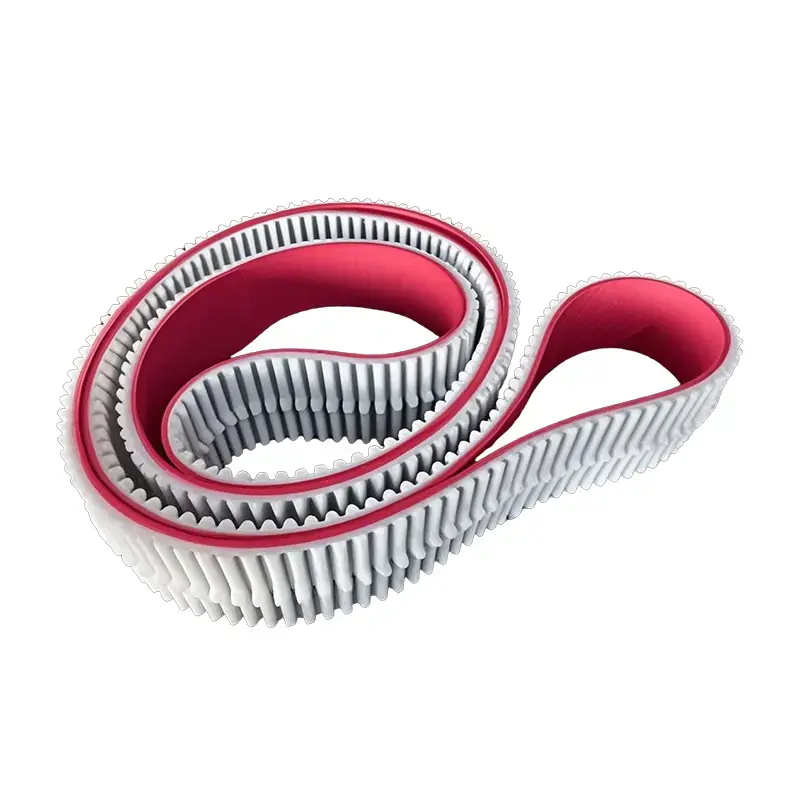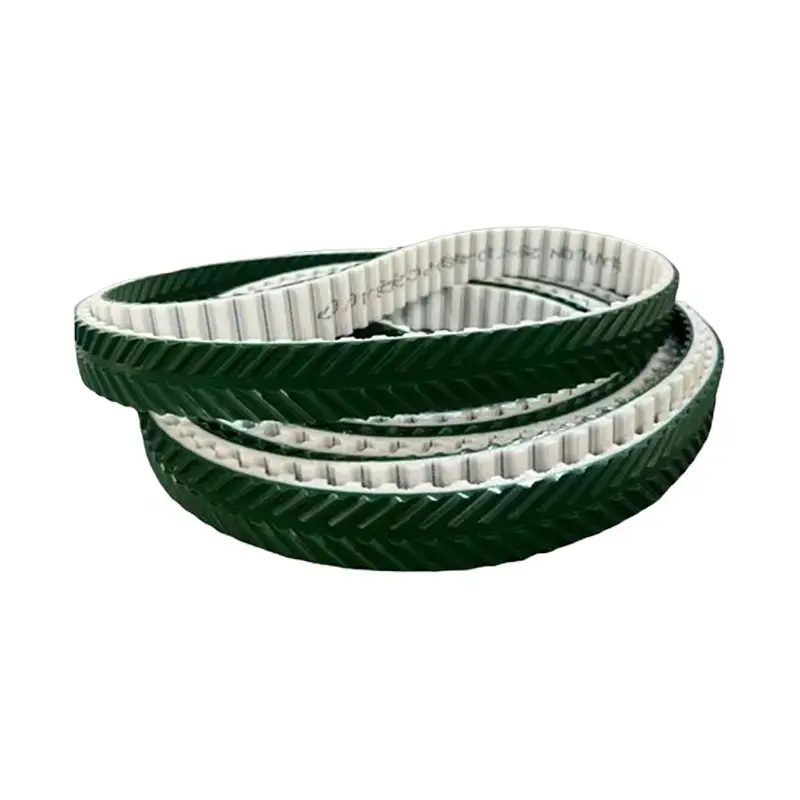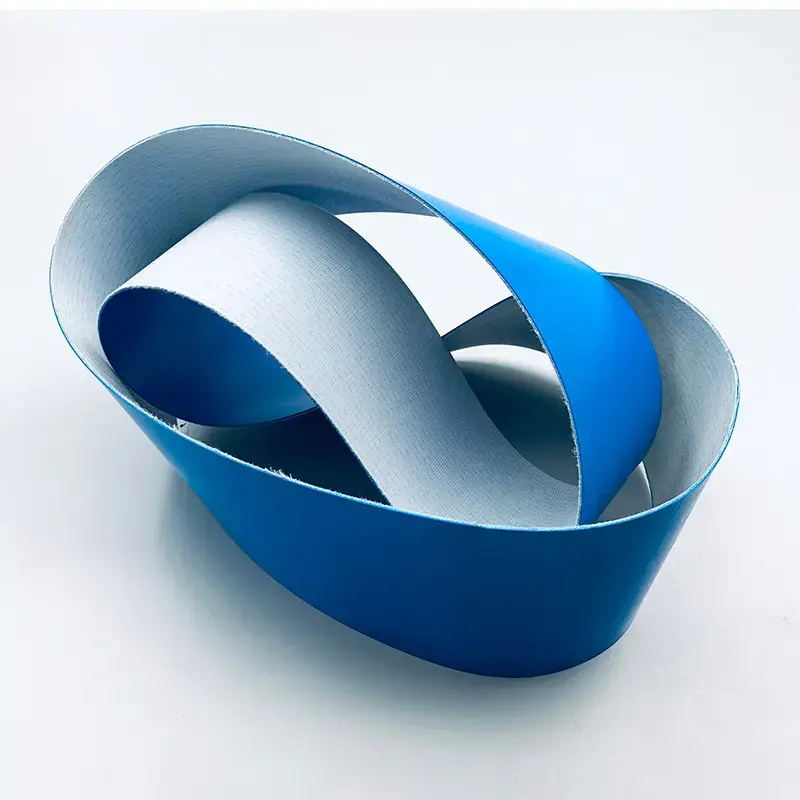 +86-19862000127
+86-19862000127 Pulley Tensioner: The Unsung Hero of Industrial and Automotive Systems
In the world of machinery, precision and reliability are paramount. While components like engines, motors, and gearboxes often get the most attention, a seemingly small part quietly plays a critical role in ensuring their smooth operation: the Pulley Tensioner. This unassuming device is the backbone of any belt-driven system, from a car's engine to heavy industrial conveyors. It maintains the perfect tension, preventing slippage, reducing wear, and safeguarding the entire system against costly failures. Understanding its function and importance is key to maximizing efficiency and prolonging the life of your equipment.
The Core Function of a Pulley Tensioner
At its heart, a pulley tensioner is an essential component designed to maintain a constant, consistent tension on a belt. Whether it's a serpentine belt in a vehicle or a Timing Belt in an industrial machine, the tensioner ensures the belt remains tightly engaged with the pulleys it connects.
Its primary functions include:
Maintaining Tension: It automatically adjusts to changes in belt length caused by temperature fluctuations or stretching over time, ensuring the belt never becomes too loose or too tight.
Preventing Slippage: Proper tension prevents the belt from slipping off the pulleys, which would lead to a loss of power and potential damage to connected components.
Dampening Vibrations: The tensioner absorbs vibrations and shocks from the engine or motor, protecting both the belt and other components from unnecessary stress.
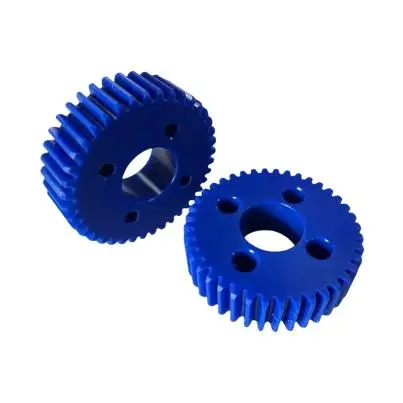
Types and Applications
Pulley tensioners are integral to a wide range of applications. While their core function is the same, they come in different designs tailored for specific needs.
Automatic Belt Tensioners: These are the most common type. They use a spring or hydraulic mechanism to apply a continuous force on the belt, automatically adjusting to maintain optimal tension. They are widely used in modern automotive engines.
Manual Tensioners: These require manual adjustment to set the tension. While less common in new systems, they are still used in some heavy-duty industrial and agricultural machinery where a fixed tension is required.
Timing Belt Tensioners: Specifically designed for a vehicle's timing belt, which synchronizes the crankshaft and camshaft. The precision and reliability of these tensioners are critical, as a failure can cause catastrophic engine damage.
Signs of a Failing Tensioner
Recognizing the symptoms of a worn-out or failing pulley tensioner is crucial for preventative maintenance. Ignoring these signs can lead to serious operational issues and costly downtime.
Common indicators of a failing tensioner include:
Squealing or Chirping Noises: A loose or misaligned belt will often produce a loud squeal, especially during engine startup or when the engine is under load.
Belt Slippage: You might notice signs of belt slippage, such as a loss of power steering, A/C failure, or a noticeable drop in performance.
Excessive Vibrations: A bad tensioner can fail to dampen vibrations, leading to noticeable shaking or rattling from the belt system.
Visible Wear: Look for cracks, excessive wear, or a visible wobbling of the tensioner pulley while the system is running.
Conclusion
The pulley tensioner is a small component with a colossal impact on system performance and reliability. It's a key factor in ensuring smooth operation, preventing costly failures, and maximizing the lifespan of a belt-driven system. By investing in high-quality tensioners and adhering to a regular maintenance schedule, businesses can proactively avoid unexpected downtime and protect their valuable machinery.
FAQ
Q1: What is the main purpose of a pulley tensioner? A: The main purpose is to maintain consistent and optimal tension on a belt in a system, preventing it from slipping and ensuring all connected components operate efficiently and in sync.
Q2: How often should I replace a pulley tensioner? A: The replacement interval varies by application. For automotive use, it's often recommended to replace the tensioner along with the serpentine or timing belt, typically every 60,000 to 100,000 miles. For industrial systems, always follow the manufacturer's recommendations.
Q3: Can a bad tensioner damage other parts? A: Yes. A failing tensioner can cause a belt to break or come off, leading to a loss of function for vital components like the alternator, water pump, or air conditioning compressor. In a timing belt system, failure can cause catastrophic engine damage.
Q4: What is the difference between a tensioner pulley and an idler pulley? A: A tensioner pulley is part of the tensioner assembly and applies force to the belt to keep it tight. An idler pulley, on the other hand, guides the belt around obstacles to achieve the correct path, but it does not apply tension.



